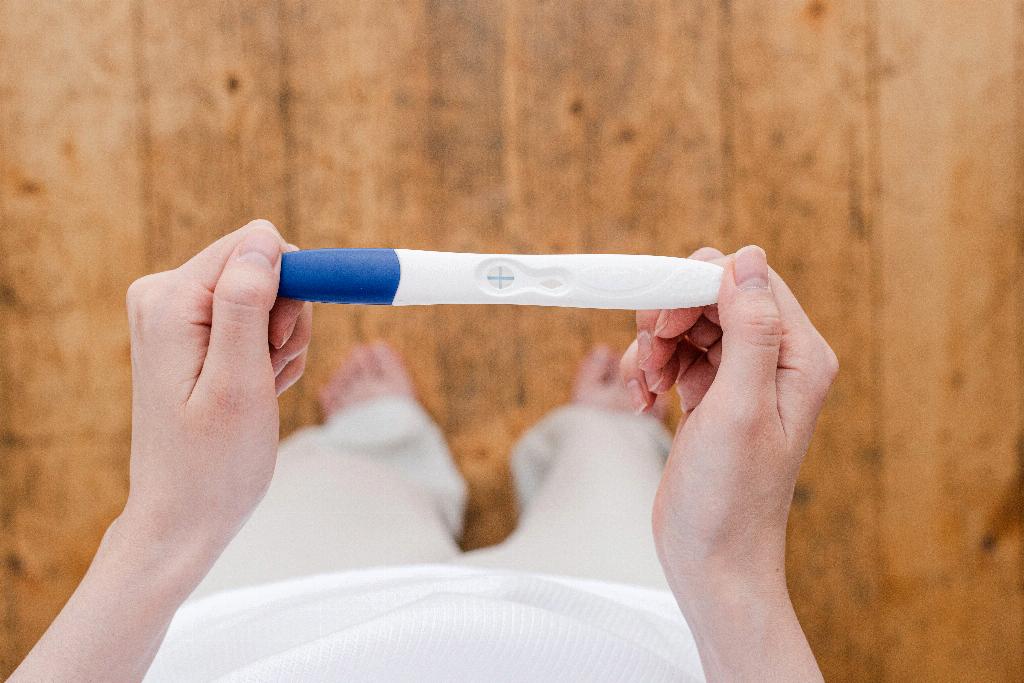Recovering from a C-section is a unique experience that requires special attention to promote healing and reduce discomfort. One common concern many individuals have post-surgery is how to reduce fluid retention. In this article, we will explore effective strategies to help alleviate this issue and aid in a smooth recovery process.
Understanding Fluid Retention After a C-section
Fluid retention after a C-section is a common occurrence due to the body’s natural response to surgery. The body accumulates fluid in and around the surgical site, leading to swelling and discomfort. It is essential to address this issue promptly to promote healing and prevent complications.
Soaking in a Warm Sitz Bath
One effective method to reduce fluid after a C-section is to soak in a warm sitz bath multiple times a day. Adding Epsom salts to the bath can help reduce swelling, discourage infection, and promote healing. The warm water can also relax the muscles and provide relief from discomfort.
Benefits of Witch Hazel Compresses
Using witch hazel compresses can be beneficial in reducing fluid retention after a C-section. Witch hazel has anti-inflammatory properties that can help with hemorrhoids and promote healing of the perineal area. Applying witch hazel compresses can soothe the skin and aid in reducing swelling.
Staying Hydrated
Ensuring adequate hydration is key in reducing fluid retention after a C-section. Drinking plenty of water can help flush out excess fluids from the body and promote circulation. Staying hydrated is crucial for overall recovery and well-being.
Engaging in Gentle Movement
Engaging in gentle movement and light exercise can help reduce fluid retention after a C-section. Activities such as walking or gentle stretching can promote circulation and prevent the build-up of excess fluid. It is essential to listen to your body and avoid strenuous exercises during the initial recovery period.
Using Compression Garments
Wearing compression garments can be beneficial in reducing swelling and fluid retention post C-section. Compression garments provide gentle pressure to the abdominal area, promoting circulation and preventing the accumulation of fluids. Consult with your healthcare provider to determine the most suitable compression garment for your recovery.
Healthy Diet Choices
Eating a balanced and nutritious diet can aid in reducing fluid retention after a C-section. Including foods rich in potassium, such as bananas and leafy greens, can help regulate fluid balance in the body. Avoiding excessive sodium intake can also prevent water retention and swelling.
Elevating Legs
Elevating your legs can help reduce fluid retention in the lower body after a C-section. Propping up your legs with pillows while resting can promote lymphatic drainage and reduce swelling. Elevating your legs several times a day can help alleviate discomfort and promote healing.
Soothing Massage Techniques
Using gentle massage techniques on the abdominal area can aid in reducing fluid retention after a C-section. Massaging the area with light pressure can help stimulate circulation and lymphatic drainage, promoting the removal of excess fluids. It is essential to consult with your healthcare provider before trying any massage techniques.
Rest and Relaxation
Allowing your body to rest and heal is crucial in reducing fluid retention after a C-section. Adequate rest can help the body recover effectively and prevent further complications. Take time to relax and prioritize self-care to support your recovery process.
Consulting with Healthcare Provider
If you experience persistent fluid retention or swelling after a C-section, it is essential to consult with your healthcare provider. They can assess your condition, provide personalized recommendations, and address any concerns you may have regarding fluid management. Seeking professional guidance is key in ensuring a smooth recovery.
Conclusion
Reducing fluid retention after a C-section requires a combination of self-care strategies and professional guidance. By incorporating techniques such as soaking in a warm sitz bath, using witch hazel compresses, staying hydrated, engaging in gentle movement, and prioritizing rest, you can effectively manage fluid accumulation and promote healing. Remember to listen to your body, seek support from your healthcare provider, and prioritize your well-being during the recovery process.

